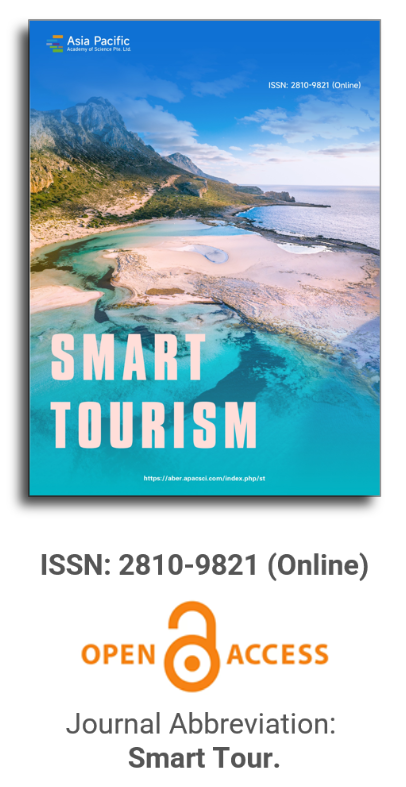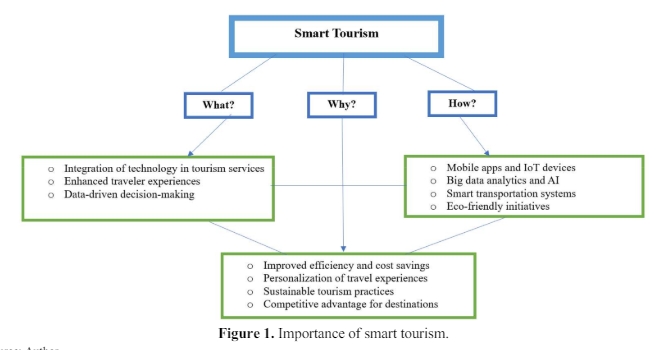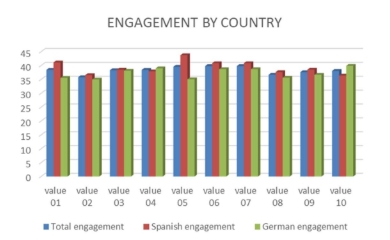


Consumer preference and influencing factors for participating in “forest cloud tourism” in the post-epidemic era
Vol 3, Issue 2, 2022
Download PDF
Abstract
Affected by COVID-19, “cloud tourism” has become a new way of forest tourism. Based on the survey data of 778 Internet respondents, frequency analysis and binomial Logistic regression model were used to analyze the preference and influencing factors of respondents’ participation in forest cloud tourism. The results show that the respondents prefer to relax in terms of travel motivation; In terms of tourism content, they prefer forest sightseeing activities. In terms of the mode of tourism video playback, they prefer short video or live broadcast; Preferred social media and short video software in terms of platform selection; In terms of playing time, they prefer the videos of 21–40 minutes; Prefer natural sounds or soft music in the background. Variables such as gender, age, education level, occupation, income level, travel restriction and travel experience are the main factors influencing consumers’ choice of forest cloud tourism activities. Therefore, it is suggested that the content of forest cloud tourism should be relaxing, the video playing time should be 21–40 min, and step charging mode should be adopted.
Keywords
References
- Xia J, Feng X. Impacts of COVID-19 on tourism and countermeasures. China Circulation Economy 2020; 34(3): 3–10.
- Li Y, Liu J. Reflections on cloud tourism. Shopping Mall Modernization 2012; (9): 42.
- Ni F. Basic concept, system construction and ap-plication of cloud tourism service. China Tourism News, 2015 Nov 16.
- Chen L, Wan Z, Hu X, et al. Research on regional differences of tourism development level of forest park in China. Issues of Forestry Economy 2020; 40 (3): 252–260.
- Xie D, He B, Cai J, et al. Research on the effect of perceived risk of potential visitors to forest health. Forest Industry Economic Problems 2020; 40(1): 66–71.
- Jia X, Wang W, Hu Y, et al. Research on tourism carrying capacity of Taizi Mountain National For-est Park based on ecological footprint component Method. Journal of Huazhong Agricultural Univer-sity 2020; 39(4): 57–62.
- Yu G, Zhong Qi, Sun L. Research on the influenc-ing factors and preference of forest health tourism demand willingness. Liaoning Forestry Science and Technology 2019; (5): 40–43.
- Chen X, Peng J. Forest tourism Behavior investiga-tion and development countermeasures: A case study of Nanning forest tourism circle. Forest Re-sources Management 2017; (3): 20–24.
- Zhu S, He S, Hu F, et al. Research on forest health tourism intention and its Influencing factors: A case study of Guangzhou City. Journal of Central South University of Forestry and Technology (So-cial Science Edition) 2020; 14(3): 113–120.
- Li Y, Xie J, Yang L. Tourist attraction choice de-mand preference and planning response based on SP method. Tourism Tribune 2018; 33(12): 88–98.
- Tian M, Liu Z, Wang F, et al. An empirical analysis of the factors influencing the cognition of forest certification labeling: Based on the survey of 488 consumers in Beijing. Issues in Forestry Economics 2016; (1): 65–71.
Supporting Agencies
Copyright (c) 2022 Yushuang Yan, Qifu Lai, Qinglong Fu, Jielong Huang
License URL: https://creativecommons.org/licenses/by/4.0

This site is licensed under a Creative Commons Attribution 4.0 International License (CC BY 4.0).

Prof. Hung-Che Wu
Nanfang College, Guangzhou
China
Indexing & Archiving
Asia Pacific Academy of Science Pte. Ltd. (APACSCI) specializes in international journal publishing. APACSCI adopts the open access publishing model and provides an important communication bridge for academic groups whose interest fields include engineering, technology, medicine, computer, mathematics, agriculture and forestry, and environment.



.jpg)
.jpg)

.jpg)

